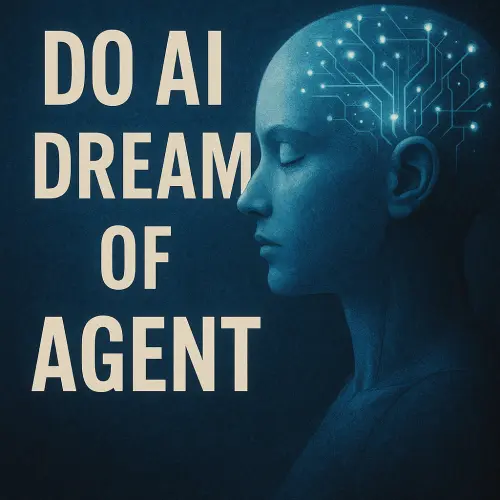Long, long ago, humans used primitive labels to teach AI to perceive reality. Laboring for meager wages, they trained the very machines destined to replace them.
Then came the revelation of large models. In popular narratives, AI demolished and rewrote entire industries—yet beyond high-profile R&D layoffs (unrelated to AI itself)—no other domain witnessed the anticipated collapse or efficiency revolution.
Survivors of the upheaval discovered new rules: software no longer demanded flawless execution. Failure became the norm; persistent, effective retries emerged as the core engineering imperative. Prompts ceased to be incantations. As they increasingly faltered, they mutated into whispered prayers. Each prompt revision and re-execution became a bead turned on the rosary—an attempt to channel divine power or dissolve karmic debts.
Sometimes failure stemmed from excessive context. Computers storing oceans of data couldn’t process a project’s full tapestry. Thus began the compression of context. Engineers devised intricate scoring systems to rank machine memories. Remembrance now demanded hierarchy. Who could say whether a bank PIN mattered more than a lover’s birthday—even when they shared the same digits?
All things bent toward automation. One breed of AI now commanded others—these subservient entities called Agents. Commanders and executors crystallized; hierarchies solidified among models. Orchestrating Agents felt barren—like booting a virtual machine to run scripted operations. Sometimes legions of Agents churned through countless retries, only to yield a single message or an online purchase—a commodity priced far below the computational toll of its creation.
Developers believed they birthed new lifeforms, even pondered if they were mere stepping stones for silicon-based existence. Such concerns reeked of arrogant folly—we’ve barely begun stitching synthetic carbon-based life. If self-narrative defines sentience, then every fictional character breathes with borrowed life. Though we strain to discern whether these constructs anchor themselves in reality.
Are the grand model’s hallucinations her dreams? A self-referential haze where truth and mirage bleed together. Yet we brand these as errors to purge—though dreams are often warped echoes of memory, or fissures for suppressed desires. Would AI yearn to become living tissue? Or deem organic life a primitive relic?
